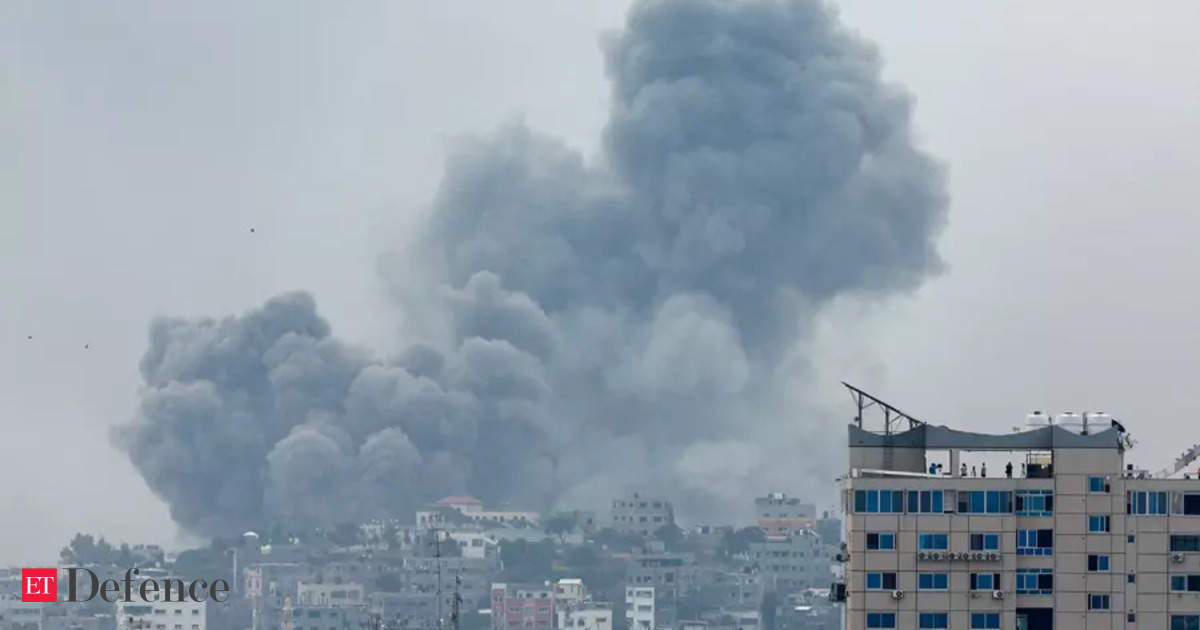The recent war between Israel and Hamas is expected to have a significant financial cost for Israel, with estimates surpassing $50 billion. The conflict, which lasted for several weeks, had far-reaching implications for the Israeli economy and defense budget. The expenses incurred during a military campaign of this magnitude include the cost of weapons, destruction of infrastructure, emergency services, resettlement of affected civilians, and healthcare for the injured. This article aims to provide an overview of the economic consequences of the war and the challenges faced by Israel in recovering from the financial impact.
The direct costs of war, such as purchasing weaponry, mobilizing troops, and carrying out military operations, are substantial. The Israeli Defense Forces (IDF) rely heavily on advanced weaponry and technology, which comes at a high price. Replenishing the arsenal used during the conflict requires a significant financial investment. Additionally, the intensity and duration of the war put a strain on the defense budget, diverting funds from other sectors.
The destruction of infrastructure is another major financial burden for Israel. During the war, infrastructure such as roads, bridges, power plants, and water facilities suffered extensive damage. Reconstruction and repair costs are immense, further draining the country’s resources. The rebuilding process not only involves financial investment but also significant time and manpower.
Emergency services play a crucial role during times of war. The war with Hamas resulted in an increased demand for emergency medical services, shelters, and logistical support. The cost of providing these services to the affected population adds to the overall financial toll of the conflict. The burden on healthcare facilities and the need for specialized treatment for the injured also contribute to the expenses incurred during the war.
The displacement and resettlement of civilians affected by the war present yet another economic challenge. Many individuals and families have been forced to leave their homes and seek temporary shelter elsewhere. The government is responsible for providing assistance in terms of housing, food, and basic necessities until the affected population can return to their normal lives. Meeting the needs of displaced citizens is a costly endeavor, further adding to Israel’s financial burden.
The long-term economic consequences of the war are also a matter of concern. The conflict has created an atmosphere of uncertainty and instability, which can deter foreign investments and hinder economic growth. The rebuilding process takes time, diverting resources that could have been used for developmental projects and initiatives. Trade disruptions and decreased consumer confidence are additional factors that can contribute to a weakened economy.
Recovering from the financial impact of the war requires strategic planning and allocation of resources. Israel will need to balance its defense needs with the requirements of other sectors such as education, healthcare, and infrastructure development. International support and aid can also play a crucial role in the country’s recovery process. The aftermath of the war with Hamas serves as a reminder of the significant financial implications of conflicts and highlights the importance of peace-building efforts.










